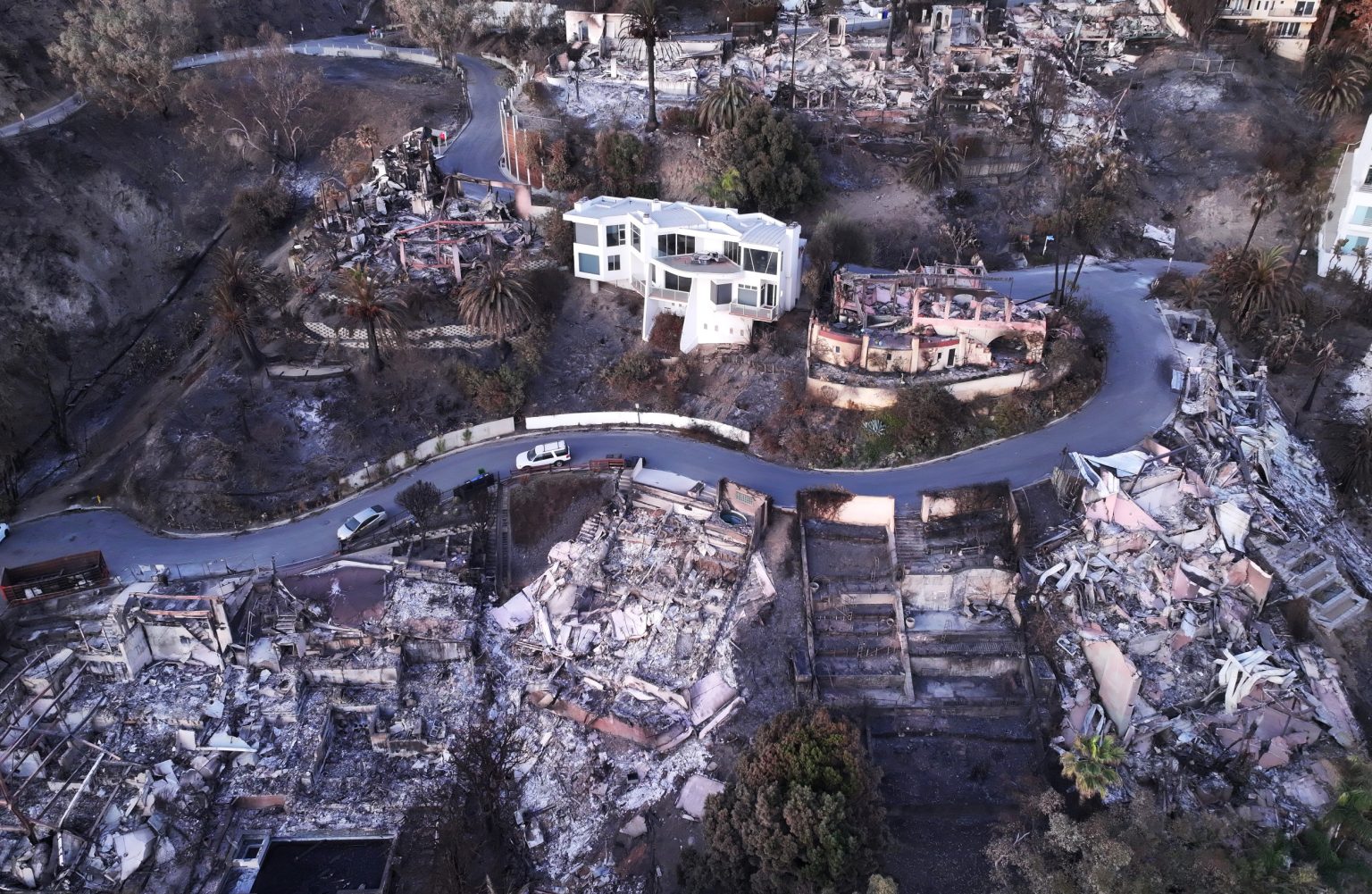State Farm, California’s largest home insurer, reversed its earlier decision to non-renew thousands of policies in fire-prone areas, offering a lifeline to residents impacted by the recent devastating wildfires in Los Angeles County. This decision, which came after widespread criticism and a state-imposed moratorium on cancellations, provides much-needed relief to homeowners struggling to rebuild their lives amidst widespread destruction. The insurer committed to renewing policies active as of January 7, 2024, the day the fires began, providing continued coverage for approximately 70% of the policies slated for non-renewal in the hard-hit Pacific Palisades area. This reversal underscores the complex and volatile nature of California’s insurance market, where insurers grapple with balancing risk management and their obligation to provide crucial coverage to homeowners in high-risk zones.
The wildfires, which swept across Los Angeles County, left a trail of destruction, displacing thousands and causing billions of dollars in damages. This catastrophe amplified the ongoing insurance crisis in California, where insurers increasingly shy away from covering properties in fire-prone areas due to mounting risks and escalating costs. State Farm’s initial plan to non-renew policies in these vulnerable regions, including Pacific Palisades, mirrored a broader trend of insurers retreating from high-risk markets. The company cited the increasing frequency and severity of wildfires, coupled with rising reinsurance costs and regulatory challenges, as factors contributing to their decision. This move left many homeowners facing the prospect of losing their coverage, further compounding their difficulties in the wake of the fires.
State Farm’s initial decision to non-renew stemmed from concerns about its long-term financial stability in the face of growing catastrophe exposure in California. The insurer argued that rate increases alone were insufficient to offset the escalating costs of wildfire-related claims, necessitating a reduction in their overall exposure. This decision aligned with the actions taken by other insurers in the state, who have similarly scaled back their presence in high-risk areas or significantly increased premiums. The company’s CEO, Denise Hardin, communicated these concerns to the California Insurance Commissioner, highlighting the need to balance risk management with the continued provision of insurance services. However, the timing of the non-renewal notices, coinciding with the outbreak of devastating fires, sparked public outcry and accusations of insensitivity.
The backlash against State Farm’s initial decision was swift and intense. Homeowners facing devastating losses felt abandoned by their insurer, fueling anger and resentment. Public figures and community leaders criticized the company’s move, accusing them of prioritizing profits over the well-being of their policyholders. This public pressure, combined with the California Insurance Commissioner’s imposition of a one-year moratorium on policy cancellations in fire-affected areas, ultimately influenced State Farm’s decision to reverse course and offer renewals. The Commissioner’s moratorium, while not applying retroactively to already announced non-renewals, signaled a strong stance against insurers abandoning policyholders in times of crisis, further pressuring State Farm to reconsider its position.
State Farm’s decision to offer renewals brings a measure of relief to affected homeowners, ensuring continued coverage as they begin the arduous process of rebuilding. The renewed policies will cover damages caused by the fires, providing crucial financial support for those who have lost their homes or suffered significant property damage. However, the long-term implications of the California insurance crisis remain a significant concern. The increasing frequency and intensity of wildfires, fueled by climate change, pose a growing threat to the stability of the insurance market. Insurers continue to grapple with the challenge of balancing affordability with the escalating costs of wildfire-related claims. This ongoing crisis underscores the need for comprehensive solutions that address both the immediate needs of homeowners and the long-term viability of the insurance market in California.
While State Farm’s reversal offers a temporary respite, the underlying issues driving California’s insurance crisis remain unresolved. The state faces a daunting challenge in ensuring affordable and accessible insurance coverage for homeowners in fire-prone areas. The need for long-term solutions, including strengthened building codes, improved land management practices, and innovative insurance models, is paramount. The recent wildfires serve as a stark reminder of the growing vulnerability of communities to climate-related disasters and the critical role of insurance in providing a safety net. The ongoing dialogue between insurers, regulators, and policymakers is essential to finding sustainable solutions that protect homeowners while maintaining a viable insurance market. The long-term stability of the California insurance market hinges on addressing the underlying factors driving the current crisis, ensuring that homeowners in high-risk areas have access to crucial coverage in the face of increasing climate-related risks.

